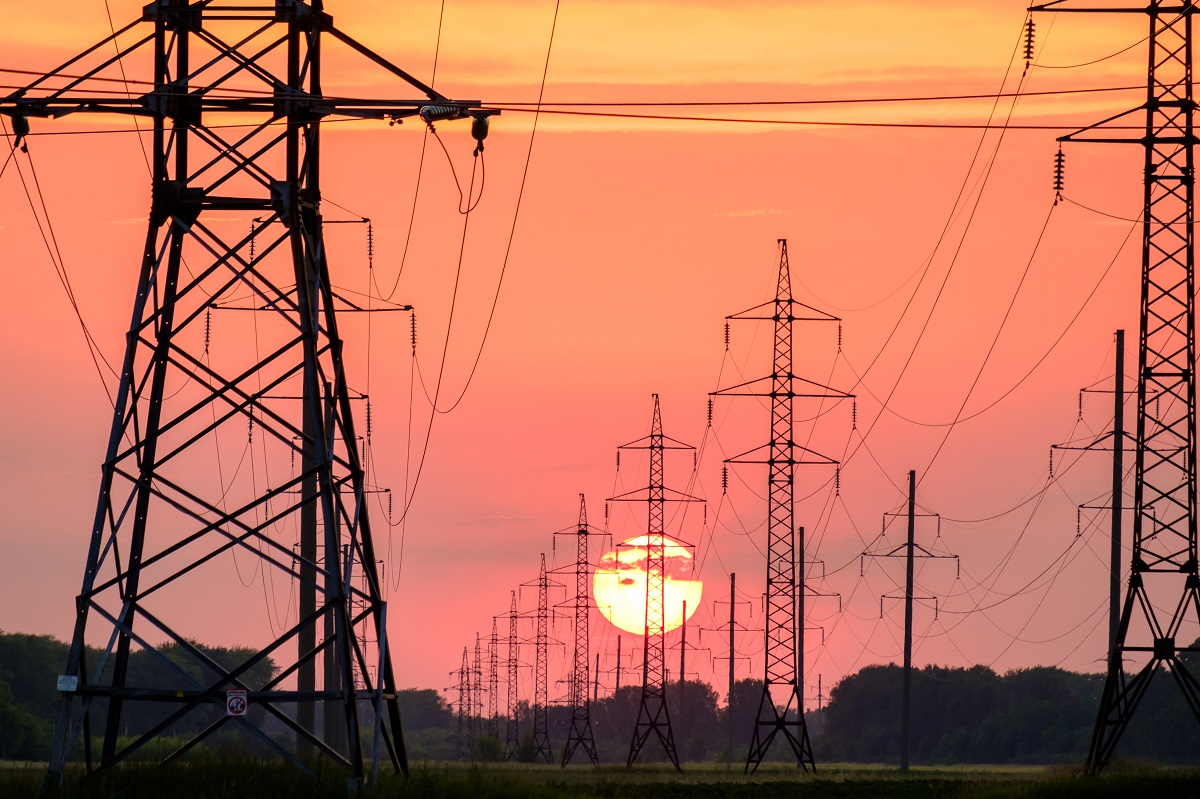Northwest China’s Xinjiang Uygur autonomous region has transferred 503.7 billion kWh of locally produced electricity to other parts of the country since 2010, according to the Xinjiang Branch of the State Grid Company of China, Xinhua News Agency reported.
Among them, 137.8 billion kWh was produced by renewable energy sources – photovoltaic and wind energy.
This is equivalent to burning 41 million tons of standard coal, reducing carbon emissions by 110 million tons, and making a significant contribution to China’s transition to clean and low-carbon energy.
Over the past 11 years, the State Grid has built four power transmission channels in Xinjiang to transmit locally produced electricity to 20 other provincial regions in China.
Xinjiang is rich in energy resources, including wind and solar power, and boasts surplus production capacity. By building electricity transmission channels, the region will be able to transfer and sell part of the unused electricity to other parts of China.
In addition, the construction of electricity transmission channels has led to the development of thermal energy, wind energy and photovoltaic energy in the region.
Xinjiang’s total installed capacity was increased from 14.1 million kW in 2010 to 109 million kW as of January 2022, with the renewable energy utilization rate rising from 63% in 2016 to 94%.

